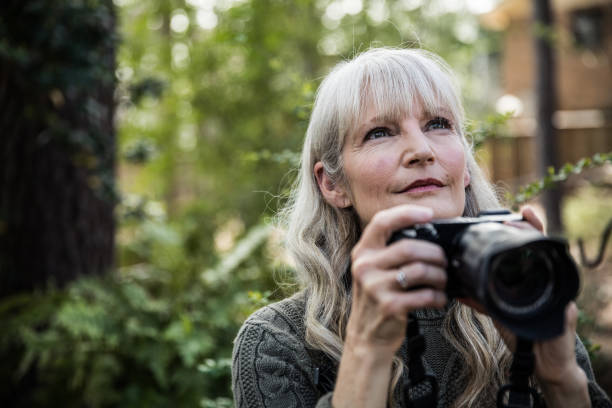Whether you want to be a professional photographer or just want to take some photos as a little hobby, you’ll want to get the hang of your camera quite quickly. The sooner you master your camera, the sooner you can create art.
Embarking on a journey as a photographer is an exciting and rewarding experience. Whether you’re aiming to capture stunning landscapes, candid moments, or artistic portraits, understanding the basics can set you on the path to success. Here are three essential tips every beginner photographer should know to get started on the right foot.
1. Master the basics of composition
Composition is the foundation of a good photograph. It involves arranging elements within the frame to create a visually appealing and balanced image. Understanding and applying basic compositional techniques can significantly enhance the quality of your photos.
Key concepts:
- Rule of thirds: Imagine dividing your frame into a grid of nine equal parts using two horizontal and two vertical lines. Positioning your subject along these lines or at their intersections can create a more balanced and engaging composition.
- Leading lines: Use natural lines within the scene (like roads, rivers, or fences) to guide the viewer’s eye towards the main subject of your photograph.
- Framing: Use elements within the scene to create a frame around your subject. This could be anything from a doorway to overhanging branches, adding depth and focus to your image.
Example: When photographing a landscape, place the horizon along the top or bottom third of the frame rather than in the centre. This simple adjustment can make your image more dynamic and interesting.
2. Understand lighting
Lighting is a crucial element in photography that can dramatically affect the mood, tone, and clarity of your images. Learning to work with different types of lighting will help you capture better photos in various conditions.
Types of lighting:
- Natural light: The sun is the most versatile and powerful light source. The quality of natural light changes throughout the day, so pay attention to how the light affects your subject. Early morning and late afternoon (the “golden hours”) offer soft, warm light that’s ideal for most types of photography.
- Artificial light: Indoor photography often relies on artificial lighting. Understanding how to use flash and other light sources can help you control shadows and highlights.
- Directional light: Light that comes from a specific direction can add depth and dimension to your photos. Side lighting, for example, creates strong shadows and highlights, adding texture and interest.
Example: When taking portraits outdoors, try to avoid harsh midday sun, which can cast unflattering shadows. Instead, look for shaded areas or shoot during the golden hours for softer, more flattering light.
3. Get to know your camera
Understanding your camera’s features and settings is fundamental to improving your photography skills. Whether you’re using a DSLR, mirrorless camera, or even a smartphone, knowing how to adjust key settings will give you more control over your photos.
Essential settings:
- Aperture (f-stop): Controls the amount of light entering the camera and affects the depth of field. A low f-stop (e.g., f/2.8) results in a shallow depth of field, making the background blurry and the subject stand out. A high f-stop (e.g., f/16) keeps more of the scene in focus.
- Shutter speed: Determines how long the camera’s sensor is exposed to light. A fast shutter speed (e.g., 1/1000s) freezes motion, while a slow shutter speed (e.g., 1/30s) can create motion blur.
- ISO: Measures the sensor’s sensitivity to light. A low ISO (e.g., 100) is ideal for bright conditions, while a high ISO (e.g., 3200) is useful in low light but can introduce noise to the image.
Example: If you’re photographing a moving subject, like a running dog, use a fast shutter speed to capture a sharp image. On the other hand, if you’re shooting a landscape in low light, you might need a slower shutter speed and a tripod to avoid camera shake.
Starting out in photography can be both thrilling and challenging. By mastering the basics of composition, understanding how to work with different types of lighting, and getting to know your camera inside and out, you’ll be well on your way to capturing stunning images. Remember, practice and experimentation are key—don’t be afraid to try new techniques.




